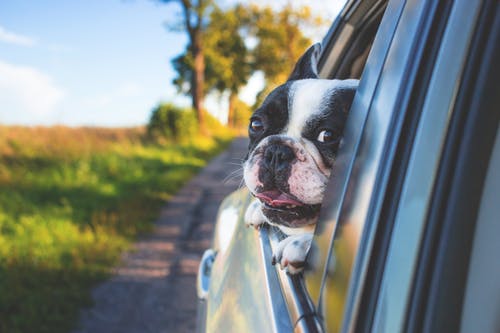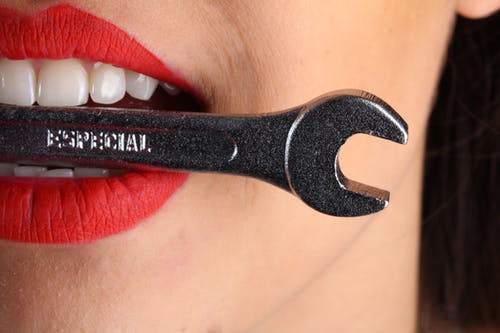Spaying or neutering is usually the pet parents’ initial experience with surgery. Wounded dogs and cats commonly require instant surgical treatment, another reason why pet owners contemplate surgery. All surgical and anesthetic treatments have the possibility of complications. There’s always a chance the wound won’t seal properly and may open again instead of healing. Understanding these complications can let you look after your pet correctly.
Complications in Pet Surgery
Complications might inevitably emerge, much like mishaps. Anticipated complications consist of anything from skin inflammation to mortality. When the e-collar is taken out, animals could cause problems by being too energetic or chewing at their sutures. If you wish your animal to be better immediately, you must learn to minimize potential hindrances at every procedure stage. Here are some potential postoperative issues that could arise with your pet.
Swelling of the Incision
Among the typical troubles after a laceration is swelling around the wound. Because fluid and cells compile while the body seeks to fix the laceration, some moderate swelling is anticipated. However, often the swelling is way too much. Herniation of cells underneath the laceration occurs when the deeper suture layers no more assist the incision. If you see excessive or worrying swelling, take your pet to the surgeon quickly. Click here to learn some preventive measures you can take to care for your pets properly.
Infection or Bleeding After an Incision
Some little bleeding or liquid discharge is expected throughout the preliminary postoperative days. This may become visible if a dry paper cloth or tissue is positioned over the wound. Regardless, there must be no noticeable bleeding from your dog’s laceration. Place a plaster on the injury if you see any bleeding as soon as possible. It might be tough to place a bandage on a laceration in specific regions; in such cases, it is best to supply pressure to the cut and call your veterinarian as soon as possible.
Extruding Incisional Tissue
This one could be the most awful among the potential complications of any pet dental care & surgery. Sutures are utilized to seal injuries and hold the boundaries of the skin together so they can get better quicker. If the sutures stop working, the underlying cells may end up being subjected to the outdoor air. This may result in lethal illnesses. If any tissue is seen poking out of the wound, a clean towel must be positioned over it, and a trip to the doctor or vet emergency facility must be prepared. Procedure in an emergency is essential.
Misplaced Stitches
If there is no inflammation, swelling, or drainage from the laceration, missing skin sutures are not a reason for the problem. It is not usual to substitute a missing stitch if the skin margins are still together. To avoid additional stitch loss or contamination in your canine, you may require to fix the suture if the skin boundaries are no longer intact.
Licking or Chewing of the Surgery Area
Most stitches and injuries get contaminated when the animal licks, chews or scratches them. Some animals find that having a cut causes them pain due to the itching or irritability they sense. When a pet is in discomfort, it often tries to relieve it by licking or chewing at the region. The stitches might be removed, or an infection could occur if the licking/chewing is permitted to continue. You should reach your veterinarian quickly if you see your animal licking at the wound. You can prevent these instances by learning the pet wellness plans at Altas Palmas Animal Clinic.





